- Description
- DATASHEET
- Reviews (1)
Description
Huawei OptiX OSN 1800 II Overview
Huawei OSN 1800 II is a new generation of packet-enhanced multi-service optical transport platform, and its high level of integration fills the needs of metro equipment.
This model supports OTN/PKT/SDH unified switching function, Ethernet, TDM, dedicated line and other 2M~100G full service access, and integrate MPLS-TP function.
Huawei OSN 1800 II provides eight slots for boards. Compared with the OptiX OSN 1800 I chassis, the OptiX OSN 1800 II chassis can access twice of the service volume accessed by the OptiX OSN 1800 II chassis. An OptiX OSN 1800 II chassis can be an ordinary chassis or a chassis integrated with a fiber management tray (FMT). Both an ordinary chassis and a chassis integrated with an FMT can be a DC or AC power-supply chassis. A DC power-supply chassis uses the PIU board and an AC power-supply chassis uses the APIU board. On the AC power-supply chassis, the APIU board occupies two service slots and the slots for housing the PIU boards are installed with two filler panels.
The OptiX OSN 1800 series supports the following types of services: SDH service (STM-1/STM-4/STM-16/STM-64), PDH service (E1/T1), Ethernet service (FE/GE/10GE WAN/10GE LAN), OTN service (OTU1/OTU2/OTU2e), CPRI service (CPRI option1/CPRI option2/CPRI option3/ CPRI option6), SAN service (FC100/FC200/FC400/FC800/FC1200/ FICON/ FICON Express/ ESCON/ InfiniBand 2.5G/ InfiniBand 5G), PON service, video services (DVB-ASI/SDI/HD-SDI/3G-SDI).
Huawei OSN 1800 II Feature
- It adopts OPUk container to achieve real transparent adaptation and transmission of any client services without changing any payload or overhead. It also provides effective management and service quality monitoring. In addition, it can be compatible with possible new services in the future.
- It adopts asynchronous mapping and multiplexing so that networkwide synchronization is no longer needed. This eliminates the limitation on synchronization and simplifies the system design.
- With the asynchronous mapping and multiplexing of ODU0 channel, the sub-rate services can be flexibly groomed between different OCh channels and the client-side ports. This meets the need for both high utilization of wavelength bandwidth and flexible end-to-end grooming.
- With the standard FEC by the OTN, it achieves a maximum of 6.2 dB (BER=10E-15) coding gain. The OSNR tolerance of the optical channel is decreased in this way. In addition, the distance between electrical regenerators are extended with less system nodes. This can increase the budgetary optical power gain of the OptiX OSN 1800
Huawei OSN 1800 II Specification
| Item |
OSN 1800 II |
|---|---|
| Dimensions (Height x width x Depth) | 40.1 mm x 193.8 mm x 208.7 mm (1.6 in. x 7.6 in. x 8.2 in.) |
| Weight (with two power supply modules) | 1.93 kg (4.25 lb.) |
| Power Consumption |
|
| Input voltage | AC power supply of 100 V to 240 V |
| Output voltage | DC power supply of -53.5 V |
| Power |
When the ambient temperature is in the range of -25°C to 65°C, the board can provide stable 200 W power. NOTE: An alarm is reported to the NMS when the power exceeds 197 w. |
| Power supply efficiency | 88% |
| Operating temperature | The long-term operating temperature of the board is -25°C to 65°C, and the short-term operating temperature of the board is 65°C to 75°C. The board can start when the ambient temperature is above -40°C.
NOTE: Short-term means operating for continuous cannot exceed 72 hours and the total time of short-term operating in a year cannot exceed 15 days. |
| Item | OSN 1800 II | |
|---|---|---|
| Dimensions (mm) | 88 (H) x 442 (W) x 220 (D) | |
| Number of slots for service boards |
|
|
| Cross-connect capability | OTN |
|
| Packet service | A packet switching capacity of 60 Gbit/s | |
| SDH | Higher order cross-connection: 20 Gbit/s; Lower order cross-connection: 5 Gbit/s. | |
| Maximum number of wavelengths | DWDM |
|
| CWDM | CWDM: 8-ch(max) | |
| Wavelength range | DWDM: 192.1THz to 196.00THz (Band-C, ITU-T G.694.1)
CWDM: 1471nm to 1611nm (Band S+C+L, ITU-T G.694.2) |
|
| Max. rate per channel | 10 Gbit/s | |
| Service types supported | SDH service, SONET service, PDH service, OTN service, Ethernet service, ATM/IMA service, CPRI service, SAN service, video service, and others | |
| Line rate | 2.5 Gbit/s, 10 Gbit/s | |
| Pluggable optical/electrical module |
|
|
| Topology | Point to point, chain, ring, ring-with-chain, intersecting rings, and tangent ring | |
| Applications | Pure OTN networks, pure packet networks, pure TDM networks, MS-OTN networks (OTN+packet+TDM), hybrid networks (packet+TDM) | |
| Redundancy and Protection | Network level protection (OTN) | Client 1+1 protection, intra-board 1+1 protection, ODUk SNCP, and optical line protection |
| Network-level protection (packet service) | MPLS/MPLS-TP Tunnel APS, MPLS/MPLS-TP PW APS, MSTP, ERPS, LPT, LAG, ML-PPP, LMSP and MRPS | |
| Network-level protection (TDM) |
|
|
| Equipment level protection |
|
|
| Maintenance | MPLS OAM | Supports CV, FFD, BDI, FDI, Ping, and Traceroute. |
| MPLS-TP OAM | Supports CC, RDI, AIS, LB, LT, single-end PW LM, and two-way DM. | |
| ETH OAM (packet) |
|
|
| ETH OAM (TDM) |
|
|
| ATM OAM | Supports CC, LB, RDI, and AIS. | |
| Port mirroring (TDM) | Supports port mirroring which enables service analysis and fault diagnosis without affecting services.
|
|
| Port mirroring (packet) | Supports port mirroring which enables service analysis and fault diagnosis without affecting services.
|
|
| Port traffic mirroring (packet) | Supports port traffic mirroring which enables service analysis and fault diagnosis without affecting services.
|
|
| Synchronization | OTN |
|
| Packet |
|
|
| TDM |
|
|
| TP-Assist |
|
|
| Standard working voltage |
|
|
| Mounting option |
|
|
| MTTR | 4 hours | |
| MTBF | 61.44 years | |



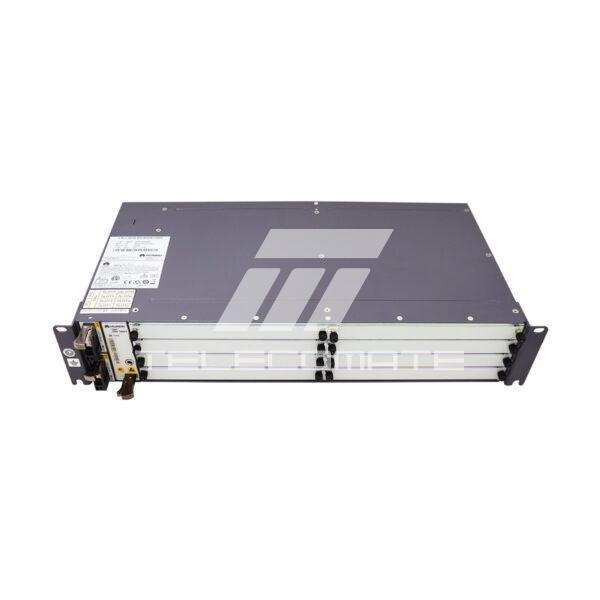
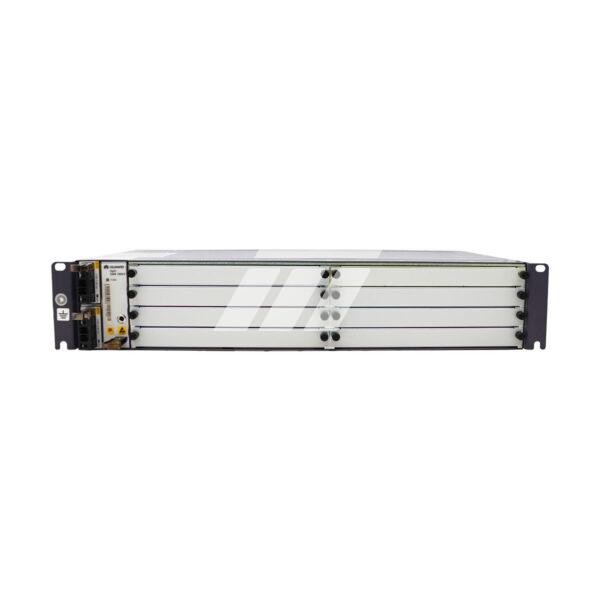
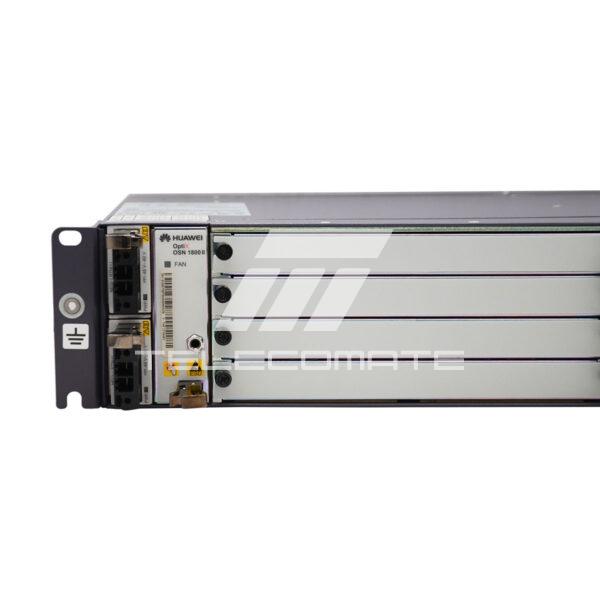
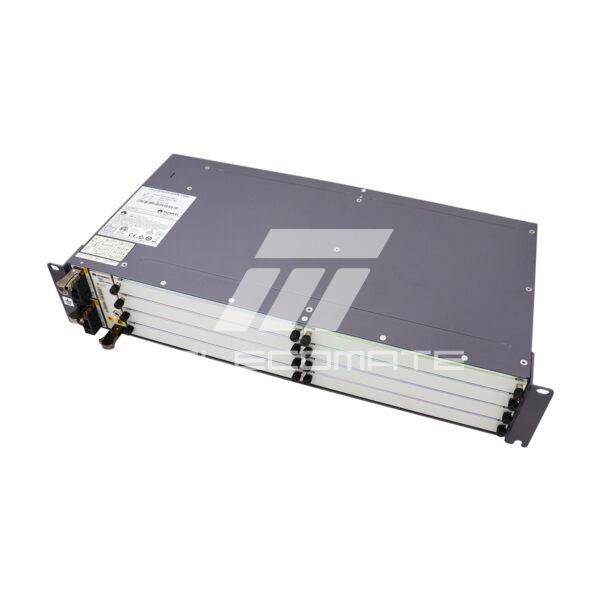
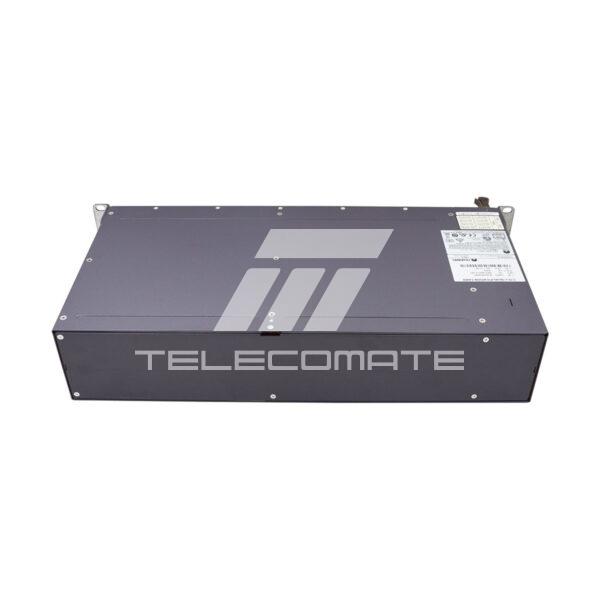
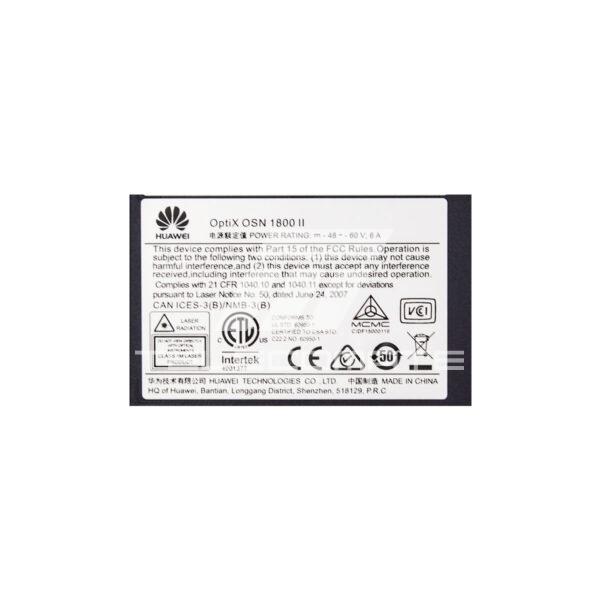
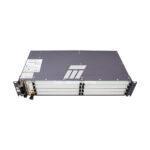
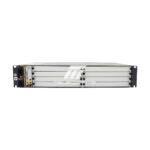
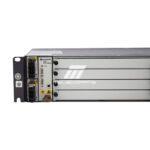
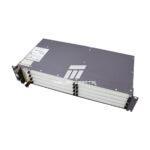
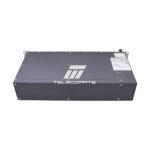
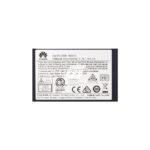
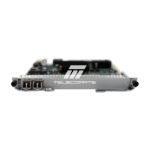
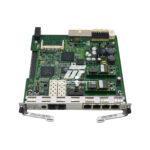
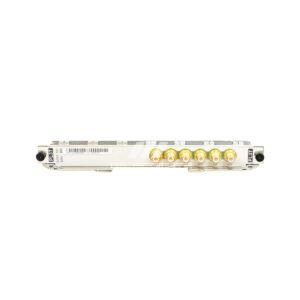
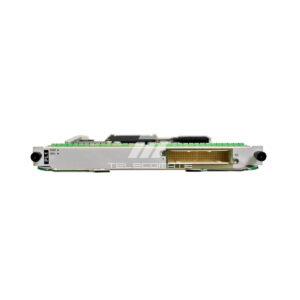
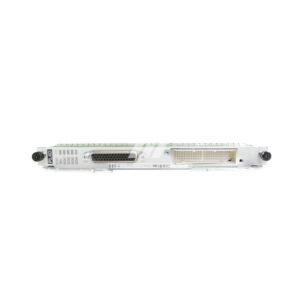
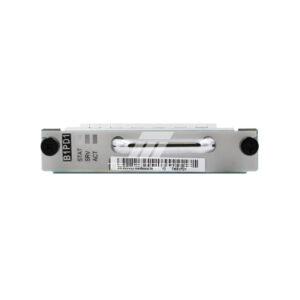
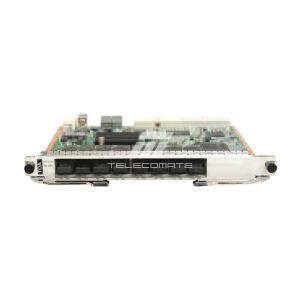
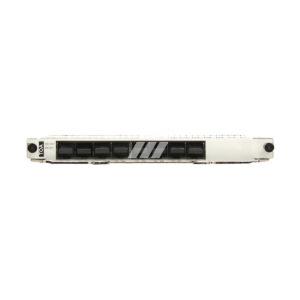
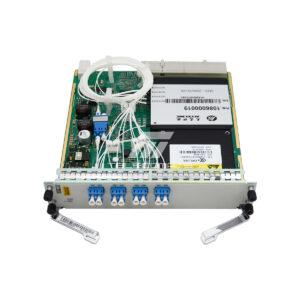
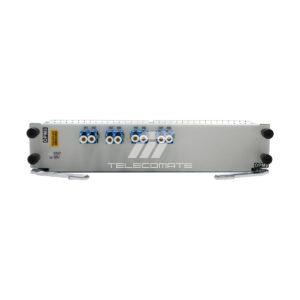
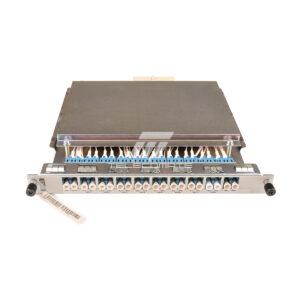
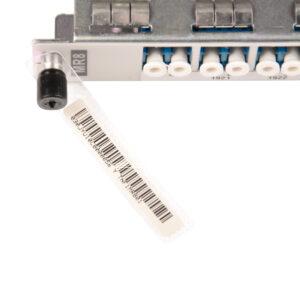
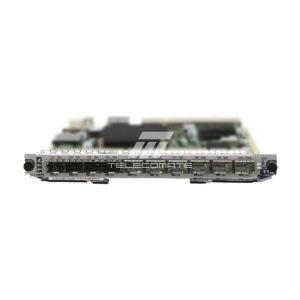
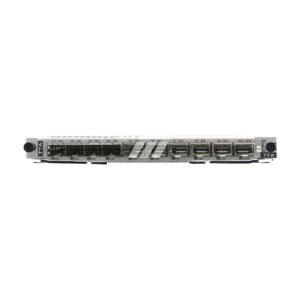
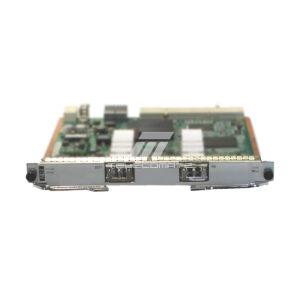
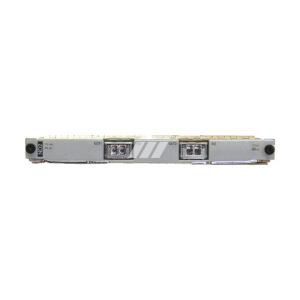
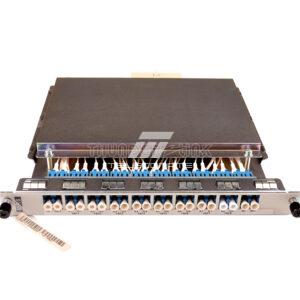
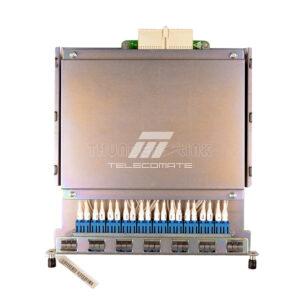
Hale –
This is the second purchase, the logistics is fast, the device runs smoothly